Do you like Cubism and Pablo Picasso? Do you understand his most expensive and most significant work, Guernica? What is Guernica? Probably many do not know history.
The image of "Guernica" is considered by many to be a symbol of peace. The celebrated and legendary painter Pablo Picasso literally cried while painting his greatest painting masterpiece.

In 1937, the Spanish republican government commissioned Pablo Picasso, then a well-known painter, to present a painting that would represent Spain at the upcoming, great world exhibition. Lack of inspiration initially hindered Picasso's work. But not for long.
In Spain, during that time, a civil war raged for almost a year between the Spanish Nazis led by General Franco and the Republicans. In April 26, 1937, German and Italian aircraft, supported by General Franco, bombed Guernica, the then capital of the Basque Country. During the cruel act, a large number of people were killed, and the city was almost destroyed.

In such a situation, a weak man, before the onslaught of force much stronger than himself, can only helplessly observe the evil that culminates in front of him. However, if that weak man is an artist, he will defiantly pick up his colors and in just a few weeks paint one of the most significant works in the history of art, Guernica.
The creation of the painting was preceded by several sketches. Indeterminate shapes reminiscent of human and animal circumstances form a composition of the image that reminds and warns at the same time.

On the left side of the composition, the head of a minotaur is painted, which was a symbol of tyranny for the painter. With the absence of colors, he evoked the presence of war horrors. And with the presence of movements that suggest cries, panic and despair, there is a lack of humanity among the criminals who initiate the war.
Guernica is a town in the province of Biscay in the Basque Country. A small town even today, but extremely important for the Basques. It is a sacral settlement in which the sacred oak of Baska is grown, which has been restored for centuries. During the Spanish Civil War, it was considered the northern bastion of the Republican resistance movement and the epicenter of Basque culture.

Republican forces were composed of different factions (communists, socialists, anarchists) with broadly different approaches to government and eventual goals, but as a common opposition to nationalists. The nationalists, led by General Francisco Franco, were also factional, but to a lesser extent. They sought a return to the golden days of Spain, based on law, order and traditional Catholic family values.

In 1937, the rightists managed to occupy most of the Spanish coast with great efforts. The Basques were on their way. Eager for independence, as always throughout history, the Euskadi (as they call themselves) did not want to side with any of the warring factions, although their left-wing government was certainly a little less repulsive. General Frank's intention was to break their morale by destroying the spiritual center of the Basque Country.

Monday, April 26, 1937, was a market day. There were more than 10,000 people on the streets of Guernica. At around 4.30 pm, 24 planes of the German Legion "Condor" and the Italian "Volunteer Corps" armed with 22 tons of heavy and incendiary bombs, under the command of Colonel Wolfram von Richthofen, bombed Guernica for about two hours.

Hitler-led Germany provided material support to the nationalists and used the war as an opportunity to test new weapons and tactics. Later, intense aerial bombardment became a key preliminary step in the "blitzkrieg" tactic.
The bombing destroyed the will of the defenders of the city, and by April 29, Guernica was conquered by Frank's forces. The attacks destroyed most of the city. Three-quarters of the buildings were completely destroyed while the rest were damaged. About 300 civilians were killed.
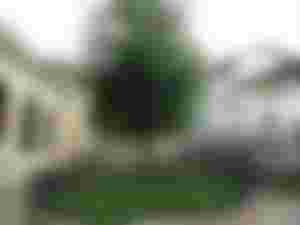
Today, the city of Guernica has a Peace Museum and Peace Park and is twinned with Dresden and Hiroshima, cities that have also experienced devastating bombing.
Guernica soon became a world-famous symbol of civilian suffering caused by war. Pablo Picasso was supposed to paint a mural for the pavilion of the Spanish Republic for a large exhibition in Paris, whose opening was scheduled for the summer of 1937. Although at first he wasn't the most sure what he was going to paint, Guernica somehow imposed herself as a logical choice: an instinctive, direct artistic response to horror.

Picasso finished the painting on June 4. It took him thirty-five days. Although he never liked to be watched by strangers as he worked, Picasso felt that he had to give this painting as much publicity as possible to support the anti-fascist struggle. He received fellow painters, influential politicians and famous avant-garde artists. "Guernica" made him the most famous modern artist when young people loved him as much as fascists and right-wingers hated him.

After the Paris exhibition ended, Picasso wanted only one thing - that "Guernica" did not go to Spain while the country was under Franco's dictatorship. And it was like that. Franco asked for the painting, but the organizers of the exhibition made sure that Franco did not get hold of "Guernica", addressing the New York Museum of Modern Art, which practically provided the painting with asylum. Franco died, and after the overthrow of the fascist administration, the painting was exhibited in 1981 in Madrid, where it is still located today.
It is said that during World War II, a German officer in Paris visited Picasso in his studio. When he saw the photograph of "Guernica", the officer asked: "Is this your work?" Picasso replied, "No, it's yours."
And it really was.

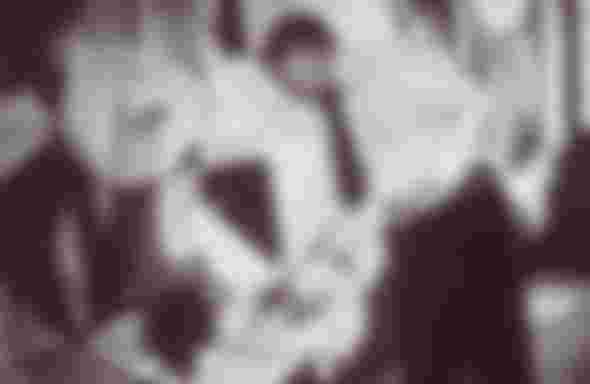
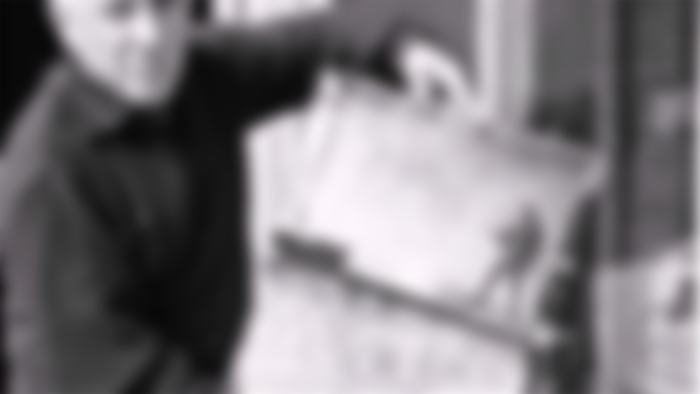
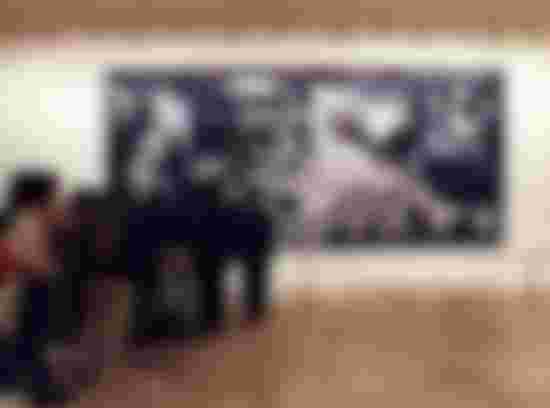
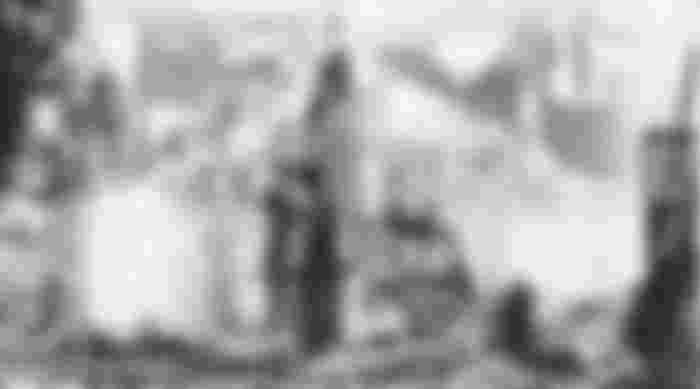
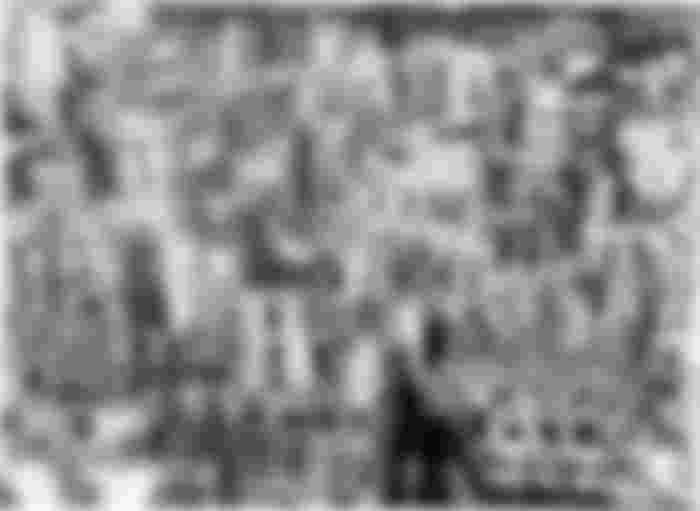
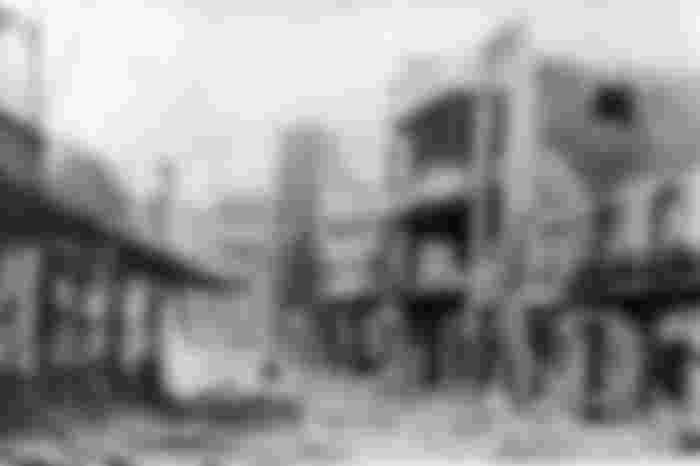

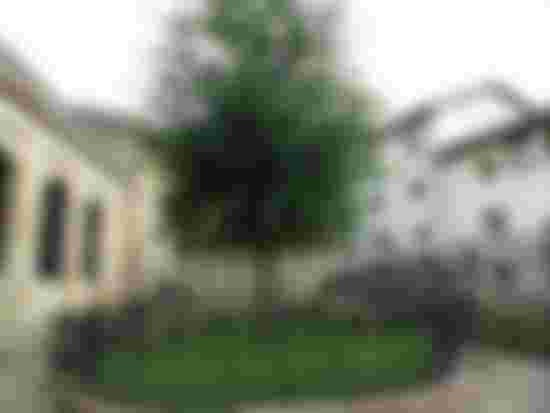
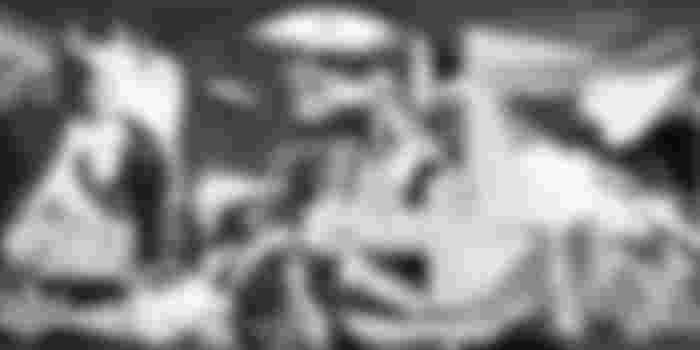
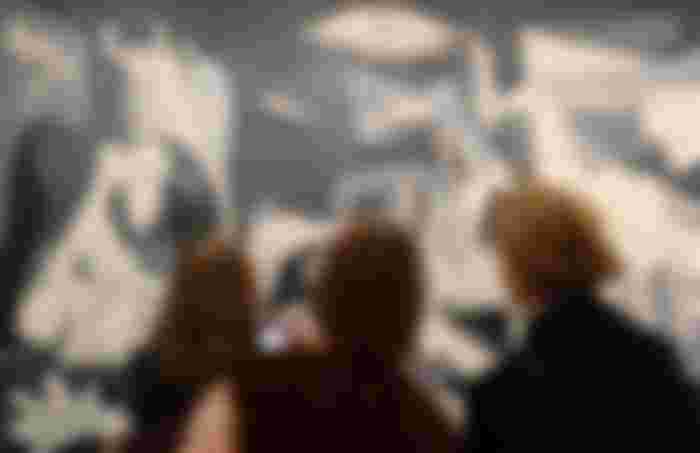

Interesting article